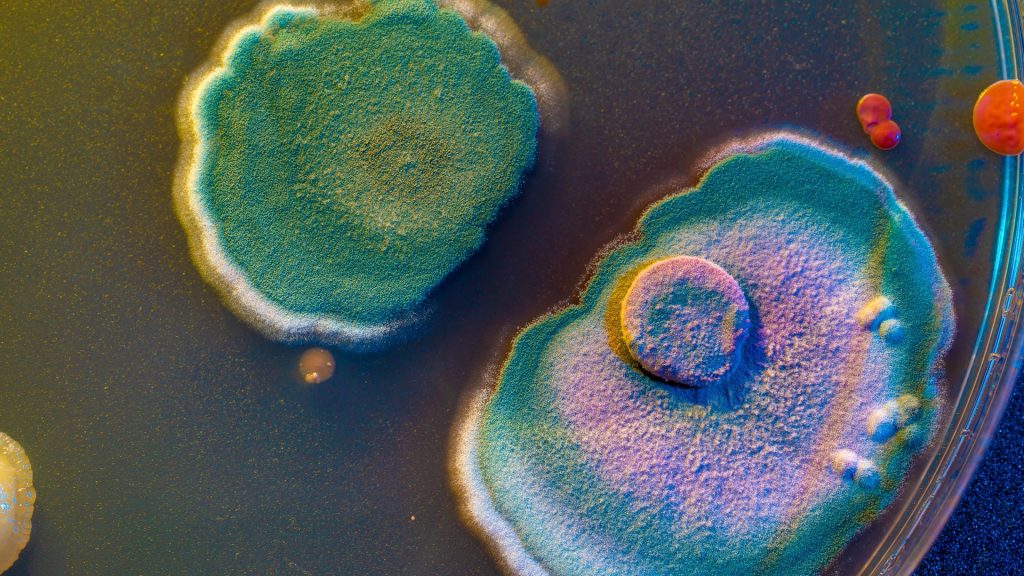The EIC Bugs4Urate project is pioneering lifestyle therapy and personalized nutrition to prevent early gout and transform metabolic health.
For centuries, gout has been imbued with an almost mythical image: swollen joints, excruciating pain, and an unfair association with luxury. But behind the historical caricature lie modern public health challenges. Gout is the clinical endpoint of a long, silent process called hyperuricemia, in which uric acid levels in the blood rise. If left untreated for years, these uric acid molecules crystallize into needle-sharp monosodium urate deposits, causing severe inflammation, tissue damage, and disabling pain.
Gout is increasing worldwide due to changes in dietary habits and increased life expectancy. Currently, approximately 4% of adults in Europe and the United States have the disease, and many more have undetected hyperuricemia. This condition is not just painful. It is associated with cardiovascular disease, kidney damage, and metabolic disorders. Despite effective uric acid-lowering drugs, many patients suffer from side effects, lifelong compliance, and delayed diagnosis.
Fundamentally different ways of thinking: biology and biochemistry
The Bugs4Urate project, funded by the European Innovation Council (EIC) Pathfinder Program and led by the University of Copenhagen in collaboration with a network of European academic (Orebro University, Leiden University Medical Center, International Iberian Nanotechnology Institute) and industrial (Beo Therapeutics and Neobiosys) partners, is exploring novel strategies. It uses carefully selected beneficial microorganisms to help break down urate and its precursors before they cause disease.
The vision is elegant. Certain naturally occurring microorganisms found in the soil, human and animal intestines, and the environment naturally possess enzymes that can convert uric acid into harmless metabolites. Bugs4Urate aims to discover, refine and adapt these pathways to the human gut, creating living treatments that can safely and sustainably lower serum uric acid levels.
“If we can biologically reduce uric acid, we may one day be able to prevent gout before it gets worse,” said the project’s lead researcher. “Our approach is inspired by the microbiome itself and simply adds back the missing functionality.”
Inside the science: The four pillars of innovation
Bugs4Urate weaves together cutting-edge microbiology, systems biology, and translational medicine to transform the way you control uric acid levels. This solution rests on the shoulders of natural diversity, and by scouring genomic databases and collecting samples from diverse environments, we discovered naturally occurring microorganisms and enzymes that can degrade urate. Within the project, these candidate microorganisms will be optimized for stability and performance in the human gut.
To predict how these biological therapies will work within the complex human ecosystem, researchers are using predictive modeling. By leveraging digital twins of the gut microbiome and metabolic pathways, the team can investigate how introduced microbes integrate, compete, and interact with human physiology. Finally, early laboratory and preclinical studies will test whether these microbial therapies can lower uric acid levels and reduce inflammation, paving the way for clinical trials in 2026.
Why it’s important, not just for gout
The approach behind Bugs4Urate is bold, but potentially transformative. By tackling hyperuricemia before it progresses to gout, this project aims to move care from crisis management to true prevention, relieving patients of years of suffering and reducing long-term disability and healthcare costs. At the same time, biological strategies may offer a milder alternative to traditional urate-lowering drugs and avoid some of the side effects that limit compliance and quality of life.
Because this therapy works through the gut microbiome, it also taps into powerful natural systems that shape metabolism and inflammation throughout the body. And the knowledge gained from developing safe and precisely tailored microbial therapies could extend far beyond gout. The same principles may yield new ways to manage other metabolic conditions such as high cholesterol, oxalate kidney stones, and metabolic syndrome, opening entirely new therapeutic platforms.
Tackle complexity head on
Innovation on this frontier means confronting serious challenges. Safety is our top priority. Microbial therapies must be nonpathogenic, controllable, and rigorously tested. People’s gut ecosystems vary widely, which can affect how introduced microorganisms work. Regulators will also need clear evidence that reducing urate reduces painful flare-ups and improves lives.
Bugs4Urate’s strategy reflects this complexity, from safety engineering to advanced modeling of host-microbe-metabolite networks. The team also collaborates with clinicians, regulatory experts, and patient voices to shape treatments that are effective, safe, and acceptable.
Europe’s innovation engine is up and running
The EIC Pathfinder program supports high-risk, high-gain science with real potential to disrupt existing paradigms. Bugs4Urate hits exactly the right note. It is an ambitious, collaborative and translational effort that has the potential to create an entirely new category of treatments. In collaboration with the University of Copenhagen, the partners bring expertise in metabolic diseases, microbiome engineering, analytical chemistry, computational biology, preclinical development and clinical trials.
Looking to the future
There is still a long way to go from concept to clinical practice. However, clinical trials to confirm efficacy and safety are scheduled to be conducted in 2026. For the millions of people living with gout and silent hyperuricemia, the possibilities are very hopeful. It is an approach that targets the initial chemical imbalance as well as managing pain after an injury.
Innovation with a human face
Beyond science and policy, Bugs4Urate’s story is also about changing the way we think about disease prevention. This project envisions a future where chronic metabolic conditions can be safely and sustainably halted by harnessing nature’s own problem solvers: microorganisms.
“We want to show that biology itself can be part of the solution,” the researchers said. “This is an exciting step toward microbiome-based personalized medicine.”
Main contributors
Professor Robert Blumer and Professor Julia König (Orebro University)
Assistant Professor Nortje de Haan (LUMC)
Rikke Nielsen (BEO)
Catalina Gonsalves and Professor Lorenzo Pastrana (INL) Gregory Chambon and Maureen Fayet (Neobiosys)
This article will also be published in the quarterly magazine issue 24.
Source link

